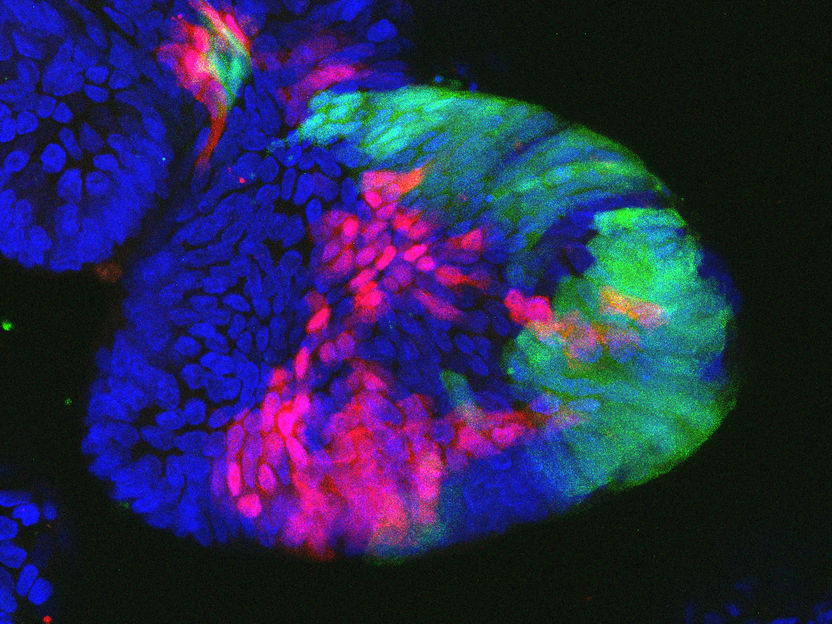Key factor in mitochondrial calcium uptake and bioenergetics identified
Advertisement
Mitochondria are the energy-generating batteries of cells, but they also perform other critical functions, including protecting cells against calcium overload, a significant cause of cell death in certain cardiovascular and neurodegenerative diseases. Underlying this safety mechanism is a protein complex known as the mitochondrial Ca2+ uniporter (MCU). New work by scientists at the Lewis Katz School of Medicine at Temple University (LKSOM) shows precisely how MCU proteins come together to effect calcium uptake, shedding new light on the physiological role of the MCU complex and its importance to cellular bioenergetics.
According to the senior investigator on the study, Muniswamy Madesh, PhD, Associate Professor in the Center for Translational Research and the Department of Medical Genetics and Molecular Biochemistry at LKSOM, how the various MCU components assemble and function as a unit has been a mystery. Knowledge of how they are brought together, however, is vital for understanding MCU activity.
"Mitochondria take up calcium in the cell through the uniporter," Dr. Madesh explained. "This process is essential for cell survival. When mitochondrial calcium uptake fails, an intracellular degradation process known as autophagy is initiated." Autophagy enables cells to balance energy sources in times of stress and is triggered by excess calcium and calcium-induced oxidative stress, factors that can also activate cell death pathways.
In the new study, published online May 12 in the journal Cell Reports, Dr. Madesh and colleagues show that MCUR1, a uniporter regulator, acts a scaffold for the MCU complex, binding to both MCU and a protein known as essential MCU regulator (EMRE). MCU and EMRE work in tandem to protect cells from calcium overload--which they could not do without the coordinating role of MCUR 1. Mice lacking MCUR1 exhibited impairments in mitochondrial calcium uptake, resulting in a mitochondrial bioenergetic crisis, in which cellular energy production was reduced. In vascular endothelial cells, the researchers were able to show that MCUR1 loss leads specifically to reduced cell migration and increased autophagy. Endothelial cell migration is necessary for the growth of new blood vessels.
"MCUR1 functions as a choreographer, bringing together the structural components of the MCU complex," Dr. Madesh explained. "This role for MCUR1 likely has important implications for improving our understanding of diseases in which mitochondrial dysfunction is a central feature."
Calcium overload and mitochondrial malfunction are major causes of cell damage sustained during heart attack and stroke, and they are significant factors in cell injury in neurodegenerative disease. Whether mutations that affect MCUR1 function are involved in the mitochondrial disruptions observed in these diseases is unknown.
Dr. Madesh and colleagues plan next to investigate the effects of small-molecule activation of MCUR1. MCU complex assembly is disrupted by mutations in MCUR1/MCU binding regions. Small molecules, however, may be able to promote MCU complex assembly despite the presence of these mutations. In theory, therapeutic applications of MCUR1 would increase calcium uptake and restore cellular energy levels.
According to Dr. Madesh, however, "Fine-tuning the level of MCUR1 activity will be key. Mitochondrial calcium uptake is essential, but inducing calcium overload in the organelles can have drastic consequences for cell function and survival."

























































